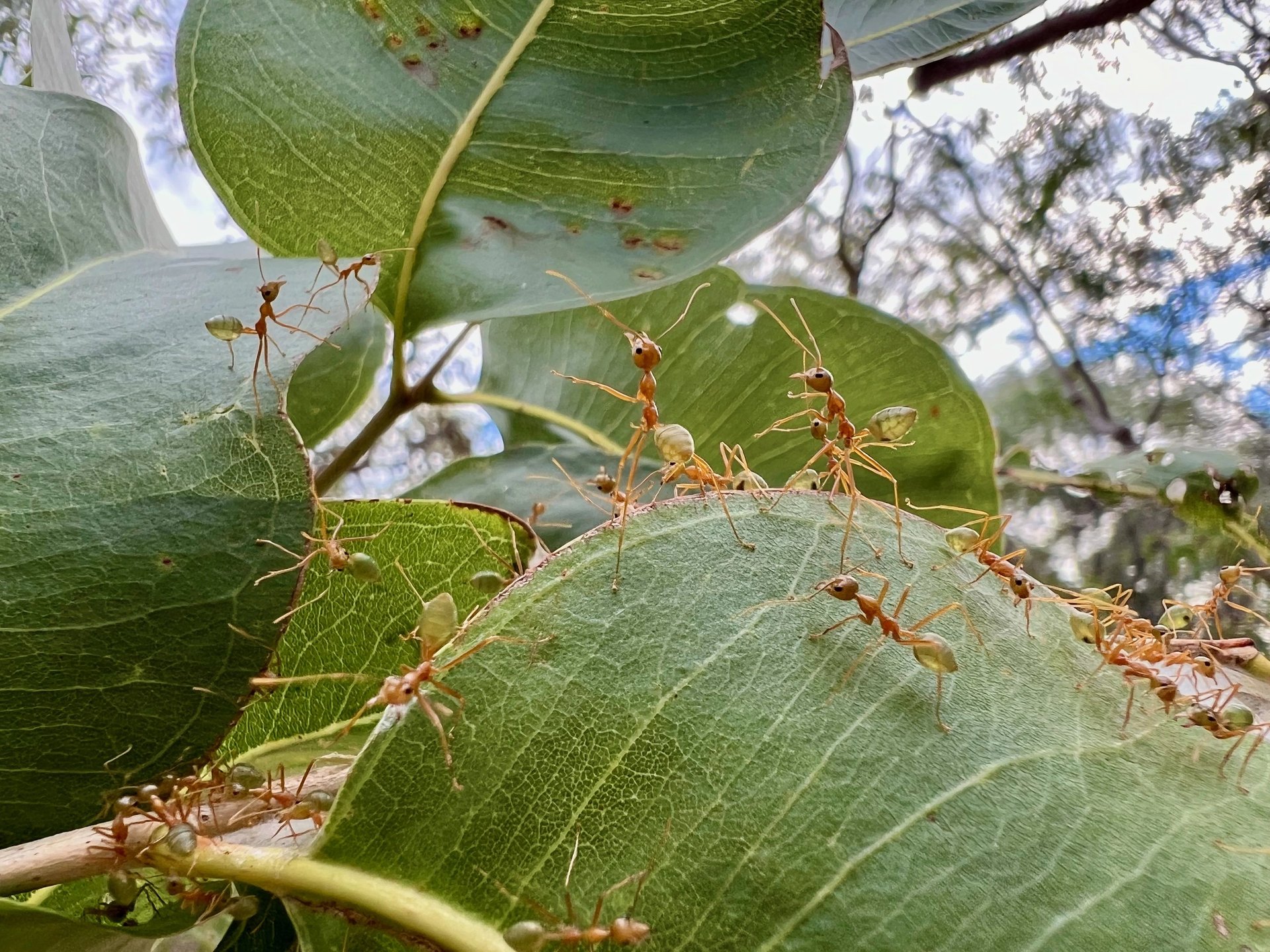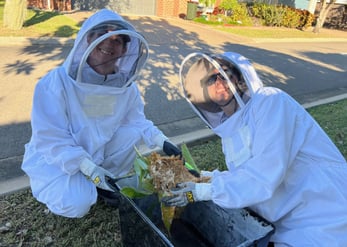
iSEE Research
We study the communication systems, sensory ecology, navigation, and social regulation of arthropods, with a primary focus on polydomous ant species, but we are interested in and open to working with other arthropods.


Communication and Social Structure in Polydomous Ant Species
Polydomous ant species have a nest structure consisting of multiple unconnected satellite nests in addition to the main nest containing the queen. These satellite nests often house workers, brood, and food for the colony. A crucial piece of information that must be shared among the colony members is the presence of a fertile queen to prevent the breakdown of colony function. In many species, workers artificially isolated from the queen will activate their ovaries and begin producing male-destined eggs. However, this rarely occurs in wild, queenright colonies.
We study the mechanisms used to communicate the presence of a fertile queen to workers in distant nests, where workers are isolated from the queen for extended periods. Using Novomessor cockerelli, Novomessor albisetosus, and Oecophylla smaragdina, we investigate the behavioral and chemical mechanisms that signal the queen's presence to her workers. These mechanisms include queen fertility signals, policing, and larval regulation.
Additionally, we are interested in studying the role larvae play in shaping colony structure and behavior. Larvae can influence worker activity and decision-making processes within the colony. By examining how larvae contribute to the social organization and function of the colony, we aim to gain a deeper understanding of the complex interactions that maintain colony cohesion and efficiency.










